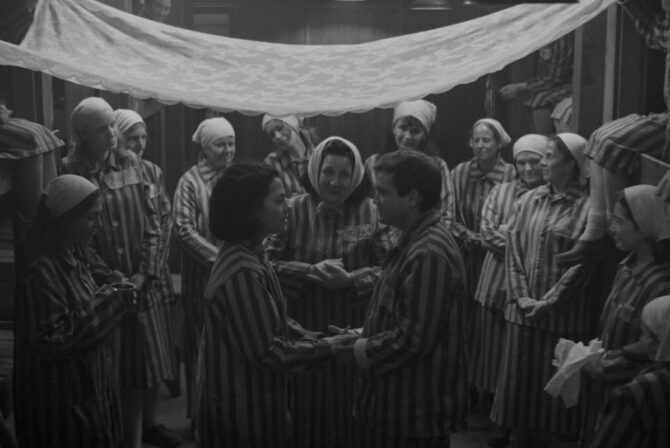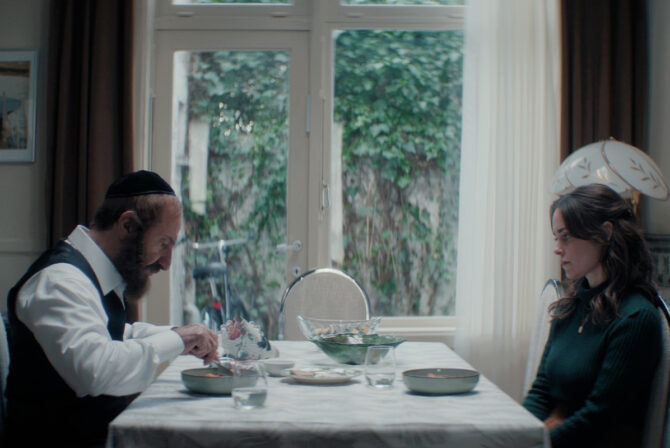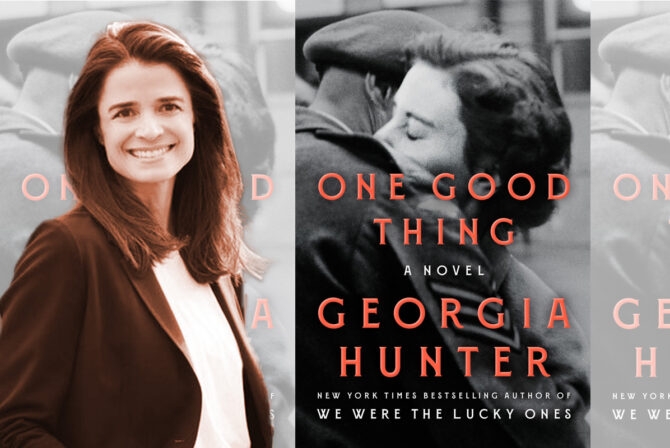There were almost 70,000 fatal drug overdoses by the end of 2017, according to the National Center for Health Statistics. Each one of those deaths was uniquely tragic — and Stephanie Reifman wants their stories to be heard.
Stephanie first started researching the opioid crisis in 2013, after she heard about Cory Monteith’s overdose. Monteith was on the TV show Glee; he played Finn Hudson, a fun-loving jock who worries he’ll lose his cool factor when he tries out for the glee club. Off-screen, however, Monteith was facing much bigger demons than high school cliques. And when Stephanie read about his heroin and alcohol overdose, she was shocked.
She soon learned that Monteith was one of more than half a million addicts in the country. In Bergen County, NJ, where Stephanie lives, there were more than 24 deaths that same year. The more Stephanie learned, the more drawn she was to make a difference: She soon started HAPPY Week, a heroin education and prevention program for middle and high school students.
Today, HAPPY Week (Heroin Addiction Prevents People’s Years) presents programs to more than 15,000 students in the New York and New Jersey area. And for that, she is a clear choice to receive a 2018 Diller Teen Tikkun Olam Award.
We caught up with Stephanie just after she graduated from Northern Highland Regional High School.
Your favorite TV show?
My all-time favorite show is Friends. It never fails to make me laugh.
Where are you going to college?
I am going to be a freshman at the University of Michigan, where I am studying Communications.
Can you tell me about what happened when you found out how Cory Monteith died?
It was in the summer of 2013, just after finishing seventh grade, when I was shocked to see a headline on Twitter about him dying. And then suddenly, article after article came to my attention about heroin and the epidemic that it was in the world. I started researching heroin addiction to understand more about the issue and what had killed my favorite actor. I saw that it was right in my own backyard of Bergen County, NJ. I had never really thought about it being this close to home.
How did you research the opioid crisis and what were some of the statistics that affected you the most?
In that particular year, 2013, I found that heroin was the cause of more than 24 deaths in Bergen County. That really hit me because the impacted towns were neighbors of my own. And then in 2015, that statistic more than doubled: more than 50 lives were lost in my county. It was clear to me that this was an enormous epidemic that was only getting worse.
How did you decide to create HAPPY Week in response?
I realized that something needed to be done to educate students about the dangers of heroin addiction. I knew that the existing programs that addressed the epidemic in schools were typically run by law enforcement. So, I thought that if I approached the topic from a student perspective, in a conversational manner, I might be able to make a difference.
That’s so smart. What was the first event you organized for HAPPY Week?
The first program I did was in my middle school in November 2013. I began the program with a video montage explaining what heroin was, and the extent of the issue both nationally and locally.
I then interviewed a woman in recovery, who shared her powerful story of how she became addicted to heroin, what she went through during that time, and how she got help. Then I interviewed a parent who lost a child to heroin. Then we had a Q&A session in which the students had the opportunity to ask the speakers questions.
The idea behind the interview format was to really engage the students — they are witnessing a conversation between the speakers and me — versus passively listening to a lecture. My goal in designing the program this way was also to enable and empower students to feel comfortable asking the speakers their own questions.

What were some of the reactions that you got?
I will never forget when a student came up to us, crying, after a program because she had lost her mother to heroin addiction. She wanted to give the speakers a hug because she related to both the struggle and loss they each endured. That is definitely one of the most rewarding parts of the program — the students coming up afterward to give the speakers a hug or express their condolences or give them words of encouragement.
Another way that I have gotten to see the reactions of students is through the detailed questions that they ask during the Q&A sessions — they really demonstrate how engaged the students were during the interviews, as they recall such specific details from the stories they heard.
Since 2013, HAPPY Week has expanded a lot. How did you manage to do that?
It has! I’ve brought the program to nearly 40 middle schools and high schools and have reached close to 15,000 students. I have been able to spread the program by continuing to reach out to middle schools and high schools in my area and through word of mouth, as well as from people who have attended a program.
Now HAPPY Week has gotten a lot of recognition. In addition to the Diller Foundation Tikkun Olam Awards, you were named one of 50 CBS New York People to Know.
It’s been unbelievable to have gotten the recognition that I’ve received. When I first started the program at my middle school, it took a number of meetings to convince my principal that I could tackle this issue. Then, the following year, I encountered the same challenge at my high school.
My high school initially declined the program. I understood their concerns — I was 14 and I wanted to tackle the heroin epidemic. However, this program was something I strongly believed in, and I was determined to convince them. After a number of meetings, I finally received approval, and since then, my high school administration has been my biggest supporter. I am incredibly grateful. They enabled me to do what I did and reach so many people in the process.
What’s next for the HAPPY Week campaign?
My younger sister, Melissa, is going to continue HAPPY Week locally, and she will also be expanding it to even more communities in the tri-state area. I really want to see this program spread across the country, so I am working on developing a curriculum so schools can implement it. I’ve seen the incredible impact HAPPY Week can have and I’m excited to reach new communities.







